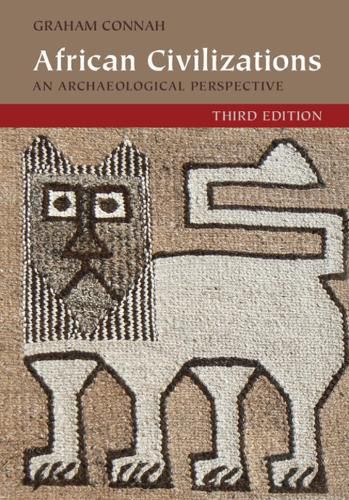Readings Newsletter
Become a Readings Member to make your shopping experience even easier.
Sign in or sign up for free!
You’re not far away from qualifying for FREE standard shipping within Australia
You’ve qualified for FREE standard shipping within Australia
The cart is loading…






This new revised edition of African Civilizations re-examines the physical evidence for developing social complexity in Africa over the last six thousand years. Unlike the two previous editions, it is not confined to tropical Africa but considers the whole continent. Graham Connah focuses upon the archaeological research of two key aspects of complexity, urbanism and state formation, in ten main areas of Africa: Egypt, North Africa, Nubia, Ethiopia, the West African savanna, the West African forest, the East African coast and islands, the Zimbabwe Plateau, parts of Central Africa and South Africa. The book’s main concern is to review the available evidence in its varied environmental settings, and to consider possible explanations of the developments that gave rise to it. Extensively illustrated, including new maps and plans, and offering an extended list of references, this is essential reading for students of archaeology, anthropology, African history, black studies and social geography.
$9.00 standard shipping within Australia
FREE standard shipping within Australia for orders over $100.00
Express & International shipping calculated at checkout
This new revised edition of African Civilizations re-examines the physical evidence for developing social complexity in Africa over the last six thousand years. Unlike the two previous editions, it is not confined to tropical Africa but considers the whole continent. Graham Connah focuses upon the archaeological research of two key aspects of complexity, urbanism and state formation, in ten main areas of Africa: Egypt, North Africa, Nubia, Ethiopia, the West African savanna, the West African forest, the East African coast and islands, the Zimbabwe Plateau, parts of Central Africa and South Africa. The book’s main concern is to review the available evidence in its varied environmental settings, and to consider possible explanations of the developments that gave rise to it. Extensively illustrated, including new maps and plans, and offering an extended list of references, this is essential reading for students of archaeology, anthropology, African history, black studies and social geography.